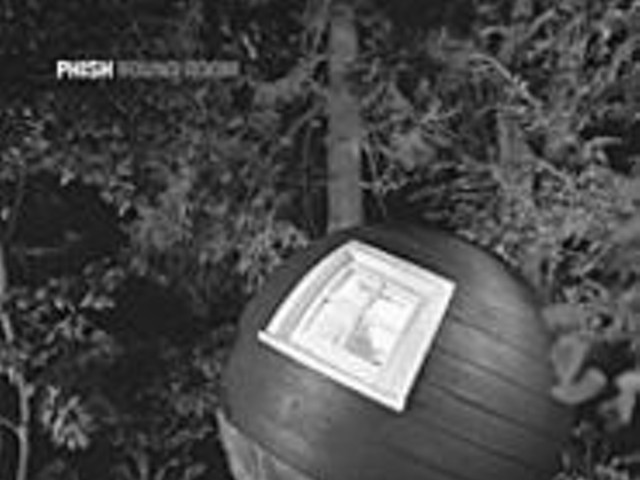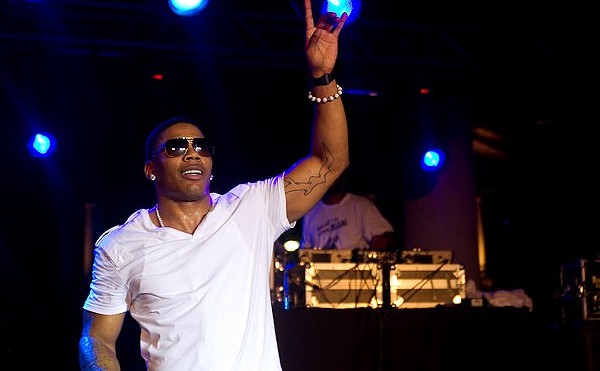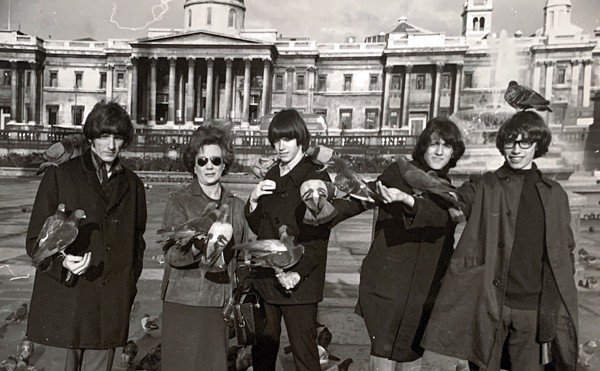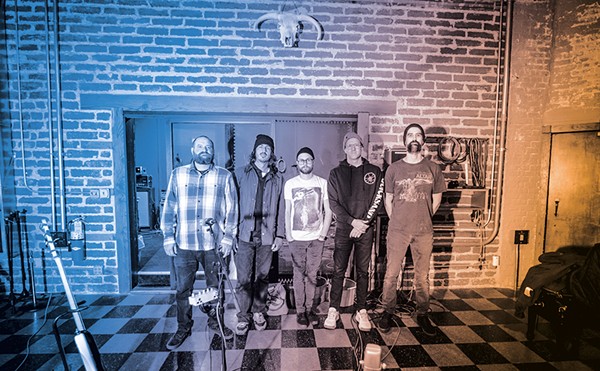One often sensed that Dylan's music was more cerebral than pelvic, the rebellious physicality of rock & roll forever entombed within the Great Art that was his oeuvre. In 1974, when he toured for the first time in eight years after a debilitating mid-'60s motorcycle crash, many critics noted the severity of his performances. Undaunted, Dylan went back on the road the next year in what proved to be one of the greatest tours of rock history.
Sony's sumptuous new two-CD set, Live 1975: The Rolling Thunder Revue, captures the best of these shows, revealing Dylan in an unusually relaxed state of grace. The concerts were rock stardom as guerrilla theater, with Dylan descending unannounced into small venues to perform passionate, expansive sets before the fortunate few. His huge band included old friends and hired guns: David Bowie's guitarist, Mick Ronson, added a brash rock sheen; Roger McGuinn, T-Bone Burnett, and countless others filled in the margins; and longtime friend Joan Baez crooned duets on early-'60s standards. Adorned in garlanded felt hats, wild Western garb and ghostly white face paint, Dylan was at his freaky peak -- still young, intense, sincere and emotionally emphatic. Backing him, the Revue performed old hits with utter disregard for their original arrangements, turning "It Ain't Me, Babe" into a druggie calypso waltz and "The Lonesome Death of Hattie Carroll" into a lurching boogie-folk number. What's most surprising is how mellow Dylan sounds, openly willing to let his hair down and enjoy the songs he's written -- his solo acoustic numbers are the highlights of this collection, especially his forlorn rendition of the once-bubbly "Mr. Tambourine Man." Doubtless his charm and warmth will be as surprising for listeners today as they were back then -- and equally welcome.





